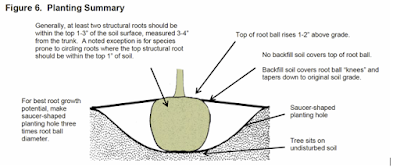Succulent
Gardening can give you hours of enjoyment with little effort! The
rewards can be beauty at your fingertips. As a break
from our long winter, we hosted a succulent garden
party where
friends created their own indoor garden to take
home. We purchased cactus soil, a variety of succulents
and found used glass ceiling light shades with holes in the bottom for the
bowls. Our creations were bright spots in our lives, as we were surrounded
outside by knee deep snow.
The one
thing in common with succulents is that they are drought tolerant.
This group of plants store water in their
leaves in preparation for the next time of low water.
Thus they don’t mind if you forget to water
them.
Most of them want to be watered
well, then forgotten for a week or two.
Whether they
are planted indoors or outside; whether planted in a container such as an old
boot, or as an accent flower bed near you patio; succulent plants offer variety
in texture, color and size. Today there
are many interesting plants from various parts of the world. You can explore
the world of succulents by wondering through your local nursery or online
garden shops, along with Face book groups and You Tube videos.
The key to
succulent gardening is providing good drainage with a drain hole in the
container and proper soil, a prepared mix for cacti or mixing potting soil with
perlite and vermiculite. Remember, succulents
like to dry out, watering, as needed, once a week or less.
Some
succulents are winter hardy in Idaho while others are not. Know what your
plants can tolerate and their water needs, when mixing plants to create your
garden. For fun, top dressing can include sea shells, rocks, sand or drift
wood.
I was
introduced to succulents many years ago when I gathered “Hens and Chicks”, from
a friend in Portland. I brought them to
Idaho in a shoe box and forgot about them in the garage for a year. When I
found them I put them out in the yard, just in case there was life left in
them. They grew and reproduced and they
are still with me, three moves later. “Hen’s and Chicks” are in the Echeveria
family and today I realize that there are many varieties. It is a whole new world to explore. Pictured here are just four different
varieties.
Many
succulents are very easy to propagate. Simply remove a healthy leaf from the
stem. Let the end dry for a couple of days then let it lay on lightly damp soil
for a while, could be a couple of weeks or months. Roots will form and new growth will appear on
top of the leaf at the cut. This is another fun part of succulent
gardening.
Enjoy the
fun of creating beauty.
Sources for
information are:
Books:
By Debra Lee
Baldwin
-Succulent
Container Gardens
-Succulents









